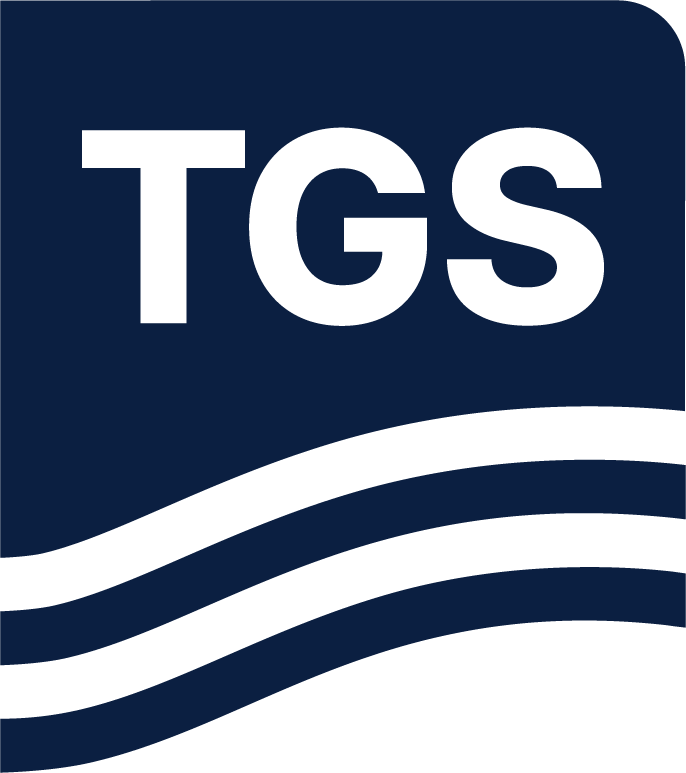Paper Summary
The transition from shelf to deep water environments brings several specific challenges to the
processing geophysicist. Out of plane scattered multiples hamper imaging of the deeper section, whilst near-sea-bed gas hydrate accumulations and channel-fill velocity anomalies cause distortions in images if these punctual velocity features are not correctly incorporated into the velocity model for depth migration (time imaging is an insufficient solution in these cases).
Building the velocity model of the subsurface with sufficient fidelity and resolution to overcome
these issues, over large volumes of data, requires a combination of automated picking and detailed manual intervention for certain features. However, in order for an autopicker to work reliably, we first need to deliver clean pre-processed gathers, free of the effects of complex scattered 3D multiples. Consequently, best practise in imaging is inexorably linked to optimal pre-processing (the ‘image-driven’ concept).
In this paper, we describe our approach to tackling these problems, concentrating our attention on the pre-processing, specifically multiple suppression and scattered noise attenuation. We also touch on the iterative velocity model building and depth imaging for this project (described in Fruehn et al, 2008).

